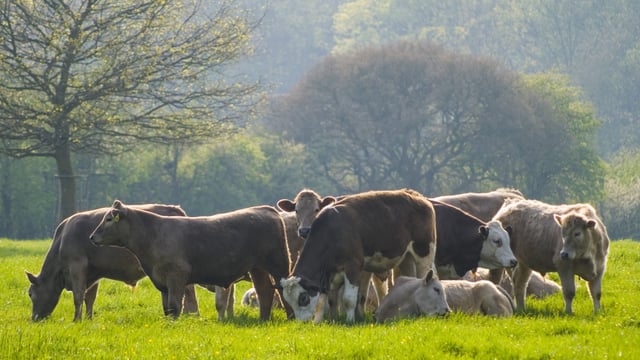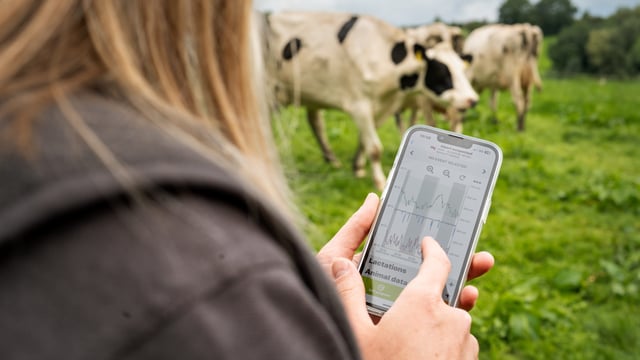Food Vision Dairy Group recommends 30% nitrogen cut by 2025
The Food Vision Dairy Group is now recommending that the dairy sector reduces chemical nitrogen (N) use by 30% in the short term.
Previously, the group had recommended a target of 35% by 2025, which had been described as "unrealistic" for dairy farmers.
The group's final draft interim report now calls for a 35% reduction in chemical N use in the sector by the end of the decade.
It will now be sent to Minister for Agriculture, Food and the Marine Charlie McConalogue before the group meets again later this month.
Food Vision Dairy Group
The body, established by the minister at the end of January, is tasked with examining ways for the dairy sector to help achieve agricultural and land use targets in the Climate Action Plan 2021.
Chaired by former director of Teagasc, Prof. Gerry Boyle, it includes representatives from farm organisations, the co-op and dairy processing sector, state agencies, University College Dublin (UCD) and officials from the Department of Agriculture, Food and the Marine (DAFM).
In total, the document lists 17 recommended actions for the dairy sector.
Similar to the group's previous draft report, the recommendations are set out in the short, medium and long term, and correspond with the three proposed carbon budget periods.
The full list of recommendations are as follows:
Along with adjusting the chemical N targets the revised draft report has increased the replacement rate of CAN with protected urea from 80% to 100%, while the target for milk recording has dropped from 100% to 90%.
The previous recommendation for a common policy on milk intake from new entrants has been removed.
The report also includes a recommendation for a "deintensification scheme" which would allow farmers to voluntarily exit from dairy production or to reduce their numbers of dairy cows for a minimum number of years.
The suggested scheme would operate over a contract period and provide an annual payment each year per cow in line with verified emissions reductions.
The group recommended that the commitment would need to be linked to the herd and the holding.
The farmer would be able to diversify into other areas of farming activity not associated with breeding ruminants.
The report notes that a number of members of the group raised concerns about an earlier version of the measure.
Overall, the group acknowledged that "further work will be required to flesh out how the identified measures can be implemented in practice".
It also emphasises "the critical importance of ensuring the maintenance of livelihoodsfor current and future generations of Irish dairy and existing family farms".





